A ‘Downers cow syndrome’ has been defined as a cow that has been in sternal recumbency for more than 24 hours. A cow becomes recumbent when the animal is unable to stand. The disease is characterized by recumbent longer than 24 hours, usually occurs following parturient paresis, no detectable specific diagnostic cause, animal in sternal recumbency, remains recumbent even after two successive treatments calcium, occurs at any time but associated with parturition.
Although it has been suggested that the disease of cattle is a complication of hypocalcemic parturient paresis, it is highly probable that many different factors may result in a cow becoming recumbent. The cases of recumbency around calving can involve the factors that are metabolic disorders, severe toxemia, and traumatic injuries.
Information on Downer Cow Syndrome
Downer cow syndrome is a common problem in high yielding dairy cattle. The syndrome commonly found in cows rear with poor nutrition and management. A dairy farm owner suffers in many folds if the condition arises in the farm. In my article, I shall discuss the most common facts about the state. You can make adequate preparation to prevent the disease on your farm.
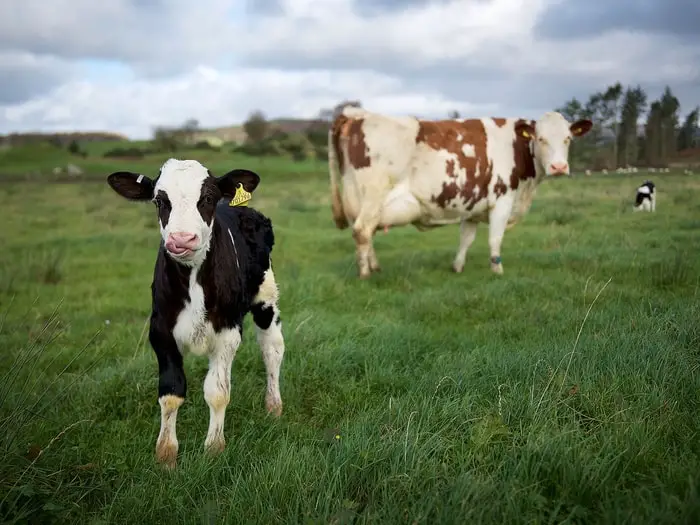
What causes Downers cows?
The causes of Downers cow syndrome may be metabolic, toxic, or traumatic injuries. The details of the reasons are as follows:
Metabolic :
- Hypocalcemia, hypomagnesemia, hypophosphatemia, hypokalemia, acetonaemia, fat cow syndrome, acidosis and bloat, hypothermia.
Toxic disease:
- Acute coliform mastitis, acute septic metritis, acute diffuse peritonitis, aspiration pneumonia, traumatic reticulo-peritonitis, and the uterus rupture.
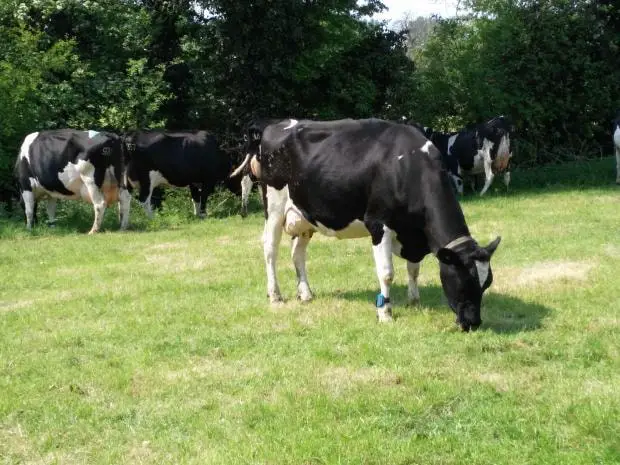
Traumatic injuries:
- Falls on a hard surface.
- Riding by other cows.
- Difficult birth.
- Oversized fetus.
- Nerve damage.
- Nerve paralysis.
- Rupture of muscles.
- Exhaustion.
- Peripelvic injuries, fractured pelvis, and femur.
Epidemiology of Sternal Recumbancy in Cows
Downer cows are most commonly seen in the interval from two days to 10 days after parturition. The disease is usually between 5 and 8 years of age and is a high producer. Many have a history of milk fever. An incidence of 21.4 cases per 1000 cows, of these recumbent cows, 33% recovered, 23% were slaughtered, and 44% died or required euthanasia.
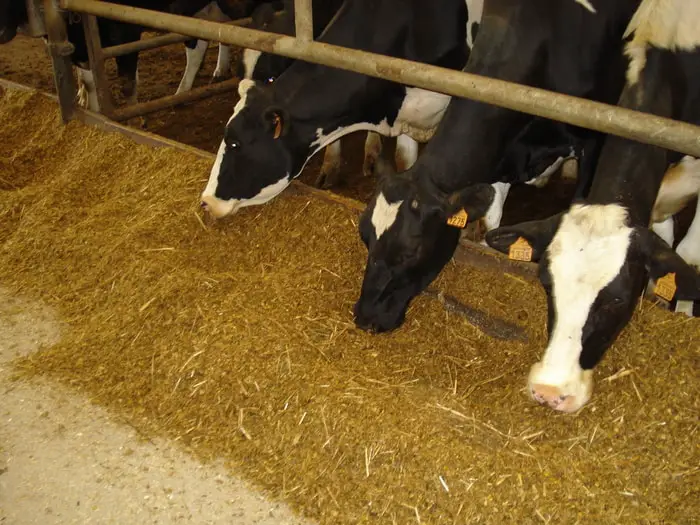
Symptoms of Downers Cow Syndrome
The most common symptoms of the disease are:
- Severely affected and do not usually eat or drink.
- Lateral recumbency with head drawn back.
- Mucoid feces with sometimes spots of blood.
- Sternal recumbency.
- Unable to extend limbs to reach a standing position.
- Some cows make frequent attempts to rise, resulting in the cow’ creeping’ or ‘crawling’ along the ground with both hind limbs flexed and displaced posteriorly- the ‘frog-leg attitude.’
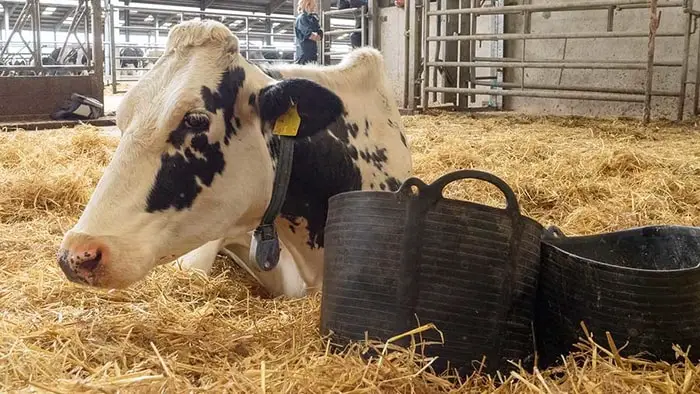
Diagnosis of Downers Cow Syndrome
The diagnostic procedures are as follows:
- Signs and clinical examination is essential for the diagnosis of the disease.
- Special investigation on the spine’s caudal part, including the tail, the pelvic ring, and hind legs.
- Biochemical analysis and necropsy changes are more important for assessing the prognosis of the disease.
- Blood minerals and hematological values are within the normal range.
- Marked proteinuria is usually present 24 hours after the onset of recumbency, and the urine may be brown because of severe myoglobinuria.
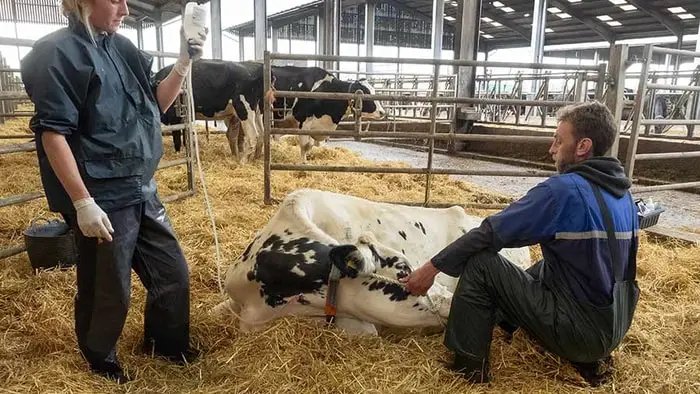
Treatment of Downers Cow Syndrome in Cattle
There is no specific preferred treatment; the main advice is that all cases of recumbent cows should be treated correctly, sufficiently, and promptly. The primary aim of treatment is to get the cow onset her feet, and the treatment should be symptomatic and can be made based on biochemical tests and conditions.
- For cows that show relapse after treatment with calcium alone, slow intravenous injection of a solution containing calcium, magnesium, phosphorus, and dextrose is given.
- At the same time, the rate, rhythm, and intensity of heart sounds are carefully monitored.
- The phosphorus-containing solution should be administered intravenously because downer cows have been shown to have persistent hypophosphatemia.
- Tripelennamine hydrochloride should be administered intravenously, which appears to act as a potent, temporary CNS stimulant in cattle and is usually given before attempting to get the affected cow to rise.
- It is essential to move downer cows from concrete floors or slippery, muddy yards before trying to get them to stand.
- Affected cows should be kept in sternal recumbency, changed from side to side at least every 3 hours to minimize the degree of ischemic necrosis and para-analgesia, which results from prolonged recumbency.
- Adequate bedding is necessary to protect the bony prominences.
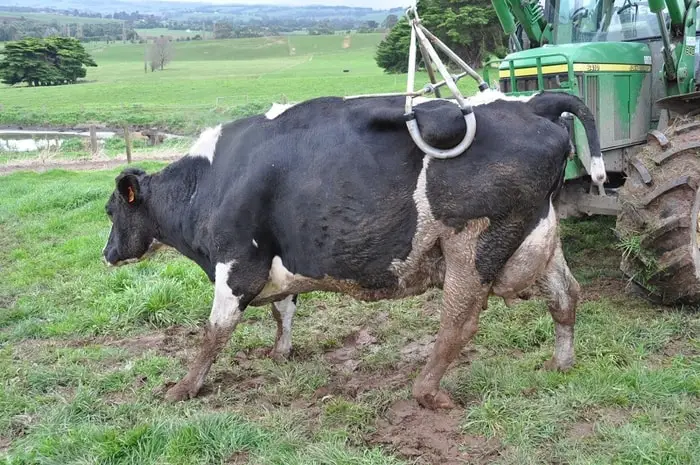
Prevention and Control of Downer’s Cow Syndrome
As there is no single etiology of the “downer cow syndrome,” preventive measures should eliminate the risk factors that predispose the cows to recumbency in the parturient paresis. The aim is to prevent prolonged recumbency and muscle damage. However, it is believed that most downer cows have been recumbent from parturient paresis. The time interval between the onset of recumbency and Milk fever treatment should be as short as possible.
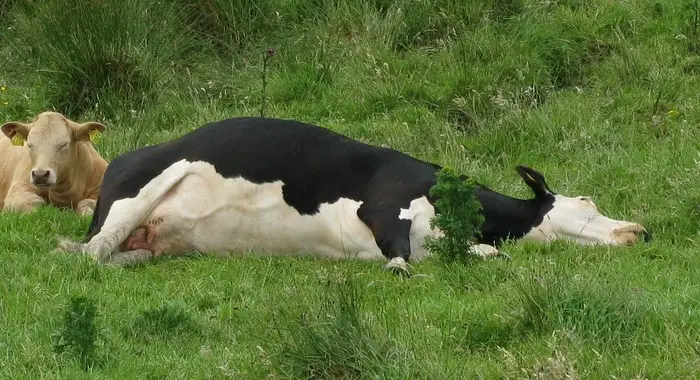
Treatment for Milk fever must ensure that animals receive sufficient calcium in time. Prevention of metabolic disorders, prevention of toxemia, and managing and preventing traumatic injuries. Malnutrition and over fattening during the dry periods should be avoided. Provide adequate bedding during calving and avoid hard and slippery floor at calving. Minimize prolonged dystocia to prevent traumatic nerve and muscle injuries, and proper nursing and care of recumbent are essential for preventing the disease.
Concluding Remarks
Milk producing cows are the vital assets of a dairy farm. Downers cow syndrome can prevent easily by improving the management of the farm. You must provide good quality ration with balanced nutrition. I think this article will help you to take the necessary preventive measures for the disease.